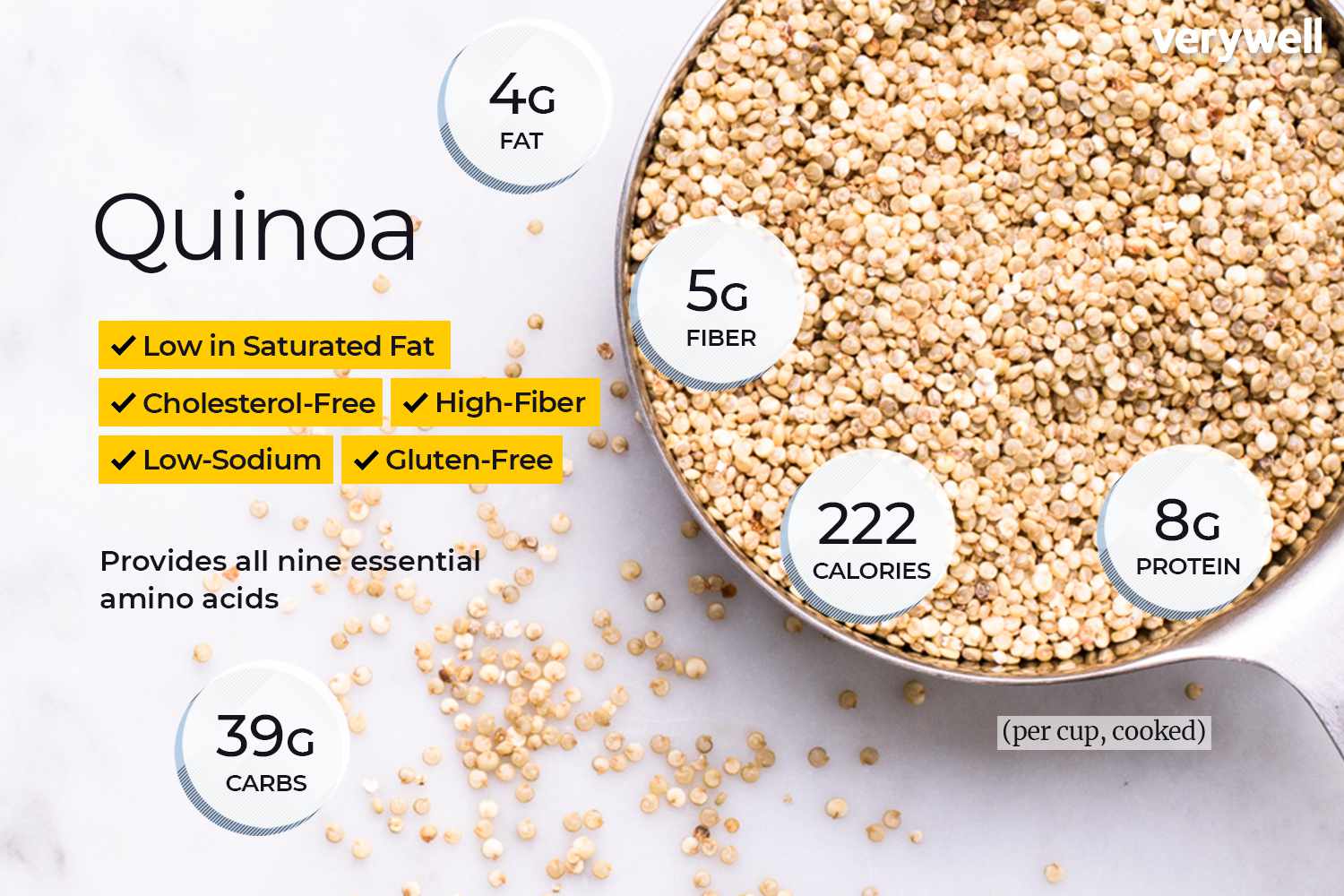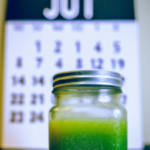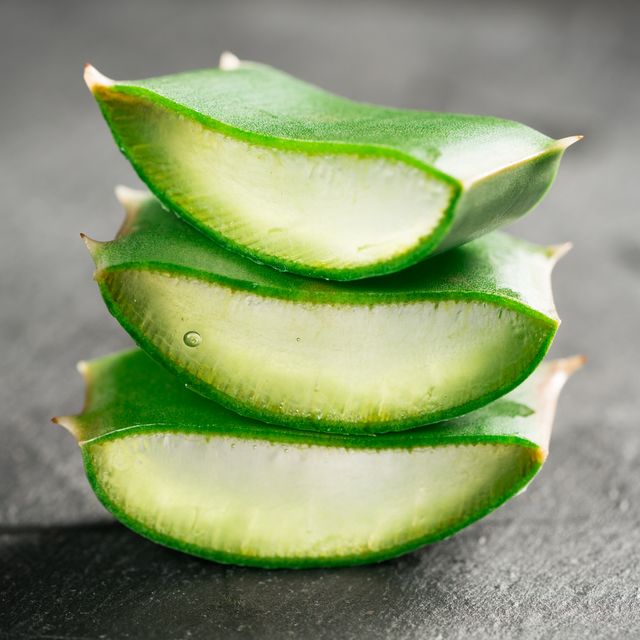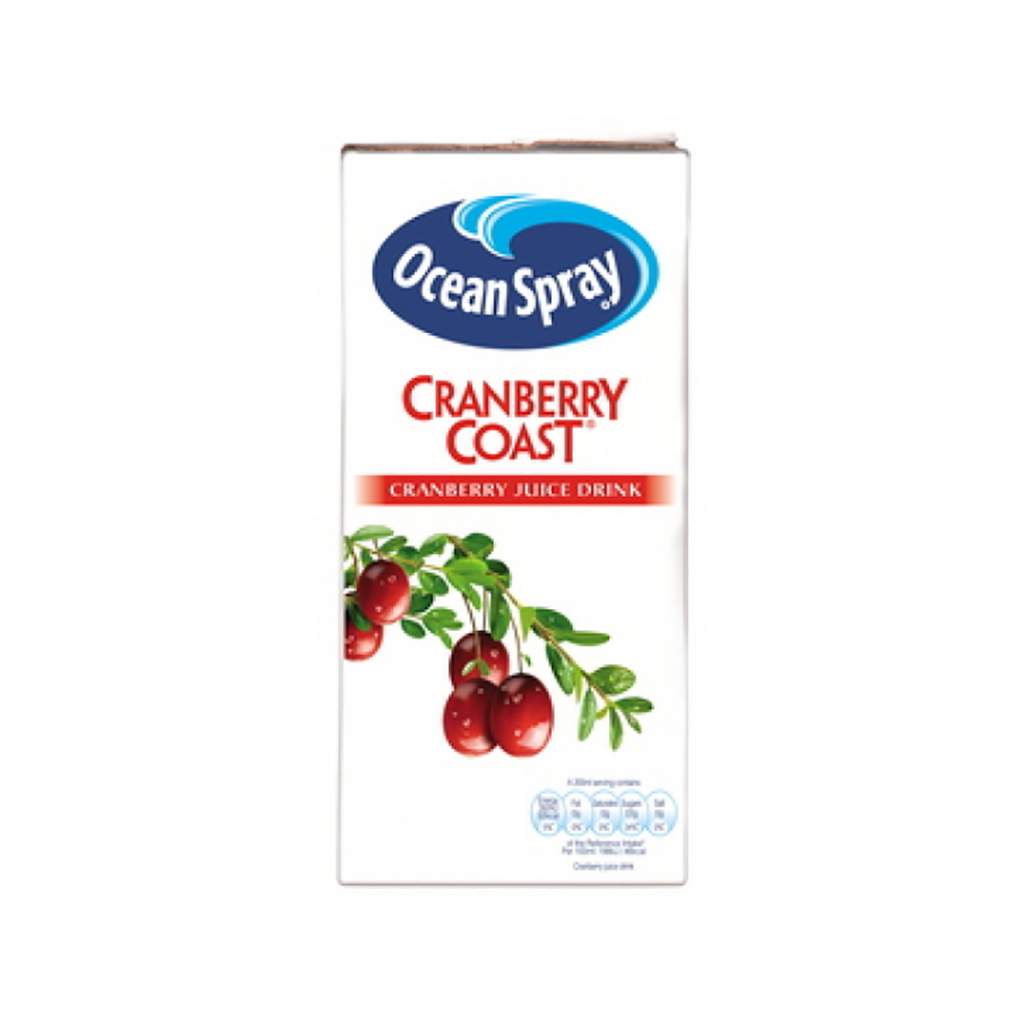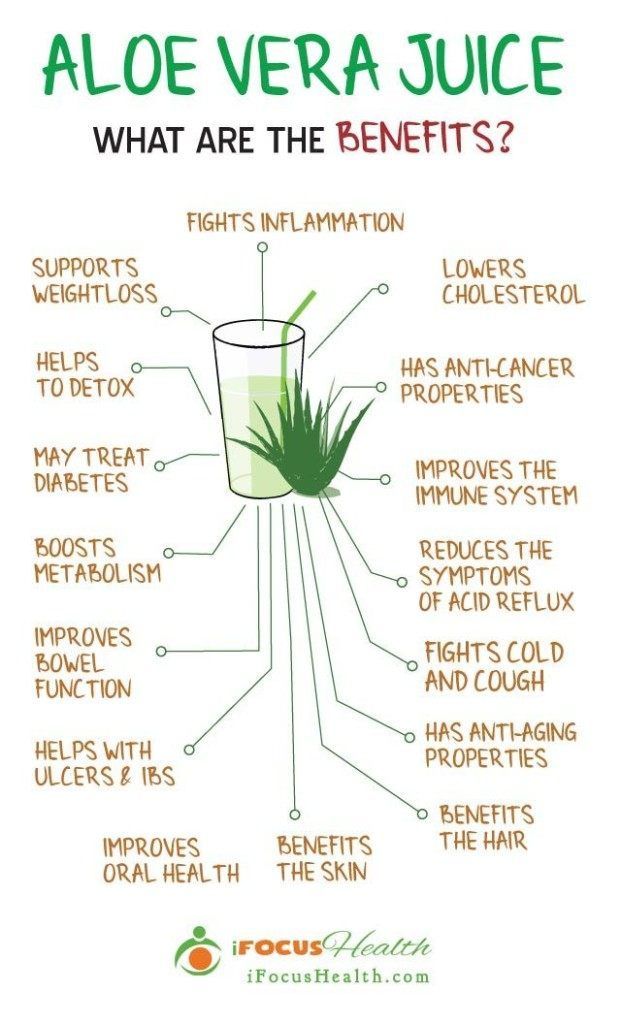Kale is a fantastic green leafy vegetable that is ideal for enhancing salads, smoothies, green juices, and more. It also pairs beautifully with pasta dishes like baked macaroni and cheese or pesto pasta!
Steaming the kale creates a tender texture, while sauteeing gives it light browning and crisp edges. Furthermore, this maintains the vibrant green color of the kale.
When sautéing raw kale, it is important to cook it just enough to wilt the leaves and bring out their flavor, but not so much that the kale turns brown or loses its nutritional value. Here are some tips on how long to sauté kale to keep it green and retain its flavor:
- Start with a hot pan: Preheat your pan over medium-high heat for a few minutes before adding the kale. This will help to cook the kale quickly and evenly.
- Add some oil: Add a tablespoon or two of olive oil, coconut oil, or another healthy fat to the pan. This will help to keep the kale from sticking to the pan and will also add some flavor.
- Cook the kale for 3-5 minutes: Add the kale to the pan and stir it around for a few minutes until it starts to wilt. Keep cooking the kale for another 1-2 minutes, stirring occasionally, until it is tender and bright green.
- Add some seasoning: Sprinkle some salt, pepper, or other seasonings over the kale while it is cooking to enhance its flavor.
Overall, sautéing kale for 4-7 minutes should be enough time to keep it green and retain its flavor. If you prefer your kale to be more tender or well-done, you can cook it for a few minutes longer, but be careful not to overcook it. Enjoy!
1 – 2 minutes
Kale is an incredibly nutritious vegetable that adds flavor to many dishes. It’s packed with essential vitamins and minerals like Vitamin K as well as antioxidants. Plus, it has low calories and sodium content too! Kale can be enjoyed as a side dish, in soups or salads – whatever works for you!
When shopping for kale, look for leaves that are firm and deep green with healthy stems. Purchase fresh kale as older varieties tend to dry out and become bitter. Furthermore, opt for smaller leaves as these will be tender and milder in flavor than larger varieties.
Wash kale thoroughly to remove dirt and grit. You can do this by rinsing in cool water, running through a salad spinner, or gently drying with clean paper towels.
Unwashed kale can be stored in your refrigerator’s crisper drawer for up to five days, if stored with its stems facing downward and lined with paper towels.
To saute your raw kale, begin by heating a skillet or Dutch oven over medium-high heat. Add some oil to the pan, followed by chopped onion; cook for 3-4 minutes or until onion is translucent.
Next, add garlic and red pepper flakes to the pan. Continue sauteing for another minute or two until garlic becomes light brown and fragrant.
This straightforward yet delicious way to saute kale makes a wonderful side dish or is delicious when combined with cooked pasta or grains. Feel free to customize it further by adding additional herbs, spices, nuts, seeds, dried fruit or vegetables for additional flavor!
If you’d like to serve this dish as a main course, add some sliced seitan or tempeh. It also works great atop toast bread or on top of vegetarian pizza.
For a fast and nutritious way to enjoy kale, try this recipe for sauteed kale with garlic and olive oil. It’s vegan-friendly and gluten-free too; you can add other veggies like onion or scallions for even more nutrition and flavor!
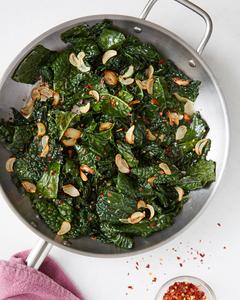
3 – 4 minutes
Kale is an incredible addition to soups, juices and smoothies – or you can sautee it in garlic and olive oil with garlic for an added kick of nutrition! However, kale can be difficult to store and lasts a long time so how do you ensure its freshness?
First and foremost, thoroughly wash your kale to eliminate any dirt or pests that might be lurking. Doing this will extend the life of your produce while making it more flavorful. Afterward, dry it using a salad spinner or colander to remove excess moisture and prevent mold growth.
Another great tip for extending the shelf life of your kale is freezing it. This will keep the vegetables crisp for up to six months.
You can use this technique for both raw and cooked kale, though be mindful when freezing cooked kale as it may become bitter if left in the freezer too long.
When freezing kale, it is essential to store it in airtight containers. You can also freeze small amounts and mix with some water for a quick liquefying solution that you can use in recipes like kale chips or as the basis for soups.
Once frozen, you can use it for a variety of dishes like dips, pastas and frittatas – the possibilities are endless! Plus, your frozen kale will last months in your storage freezer so you always have fresh produce at your fingertips.
Finally, if you need to use your kale right away, the fastest and easiest method is to rinse it and trim away any stems. Do this quickly by spinning it in a salad spinner or using a paper towel to remove excess water before placing in a bowl or sink filled with cold water.
You can also saute your kale for a few minutes to soften it and enhance its flavor. To do this, you will need olive oil, garlic, lemon zest and a pinch of salt and pepper.
5 – 6 minutes
Sauteed kale is one of my go-to ways to enjoy this nutritious green veggie. It’s lightly flavored with garlic, cooked in a pan until tender, and packed full of delicious flavor that you’ll want to make again and again!
Preparing this dish couldn’t be simpler! You can use this technique with any greens, from delicate chard to hearty spinach. All you have to do is add some butter or oil, season it with your preferred spices, and voila – delicious vegetable side in no time!
- When using fresh kale, make sure it’s washed thoroughly and dried thoroughly with either a towel or salad spinner. Doing this helps prevent it from getting mushy and losing flavor quickly.
- You may opt for a package of organic, pre-washed and pre-cut kale. This can be an efficient option when you’re short on time but still want a nutritious side dish.
- Once you have your package of raw kale, it can be stored for up to one week in the refrigerator or up to six months frozen.
- To store kale properly, it should be kept away from moisture and wrapped in multiple layers of paper towels. Wet kale will wilt and decay much faster than dry varieties.
- You can freeze raw kale, but make sure it remains airtight in containers or bags to avoid freezer burn. Stored properly in the freezer, you can keep the green goodness at your fingertips for up to 6 months; perfect for adding it to smoothies, salads, soups or stir-fries!
- Once you have your bag of frozen kale, simply saute it quickly in some olive oil with garlic and red pepper flakes for an effortless meal.
- Finally, when serving your sauteed kale, top it off with a scoop of yogurt and sprinkle of chopped parsley. This dish makes an excellent side to dinner or vegetarian main course.
7 – 8 minutes
Kale is a nutritious cruciferous vegetable that can be enjoyed raw or cooked. Thanks to its high protein, fiber, calcium and vitamin C content, kale makes for an ideal addition to any healthy diet.
When eating kale, it is essential to wash and prep it carefully so that it remains fresh. Separating the leaves from their stems helps maintain crispness and tenderness for longer while also preventing wilting too quickly.
Before storing the kale, it’s wise to dry it. Refrigerating is best; keeping your produce cold helps keep it fresher longer as ethylene found in other foods can cause the kale to wilt prematurely.
Another way to dry kale is by hanging the bunches in a sunny location. This may take several days, but it’s an effective way to keep the leaves crisp and fresh for longer.
One of the best ways to saute your kale is by adding it directly into a pan with some oil or fat. The steam from cooking will break down the leaves, making them tender and easier to consume.
Kale’s flavor can be further enhanced when seasoned with aromatics such as onion, garlic and chiles. You may also add other spices or herbs like pepper flakes and parsley for additional flair.
To cook the kale, heat some oil in a large skillet over medium-high heat. Once heated, add the chopped kale and season with salt and pepper; toss to coat in oil before cooking until wilted and softened, about 7 to 8 minutes.
If your kale starts to dry out before it wilts, add a few tablespoons of water or stock to the pan during cooking. This liquid will help prevent it from sticking to the bottom and causing charring on all sides.
If you like your kale with some sweetness, add tomatoes to the pan when sauteing it. Tomatoes not only provide essential minerals like potassium and vitamin C, but they’re also packed with anti-inflammatory compounds as well.
Ilana has been a vegan for over 10 years. She originally made the switch for health reasons, but soon found herself becoming more and more passionate about the ethical and environmental implications of a vegan lifestyle. Ilana is the author of The Graceful Kitchen, a blog all about veganism. She loves to cook up delicious and nutritious vegan meals, and share her recipes with others who are interested in leading a cruelty-free life. Ilana is also a strong advocate for using whole foods as the foundation of a healthy diet, and believes that going vegan is one of the best ways to achieve this.

